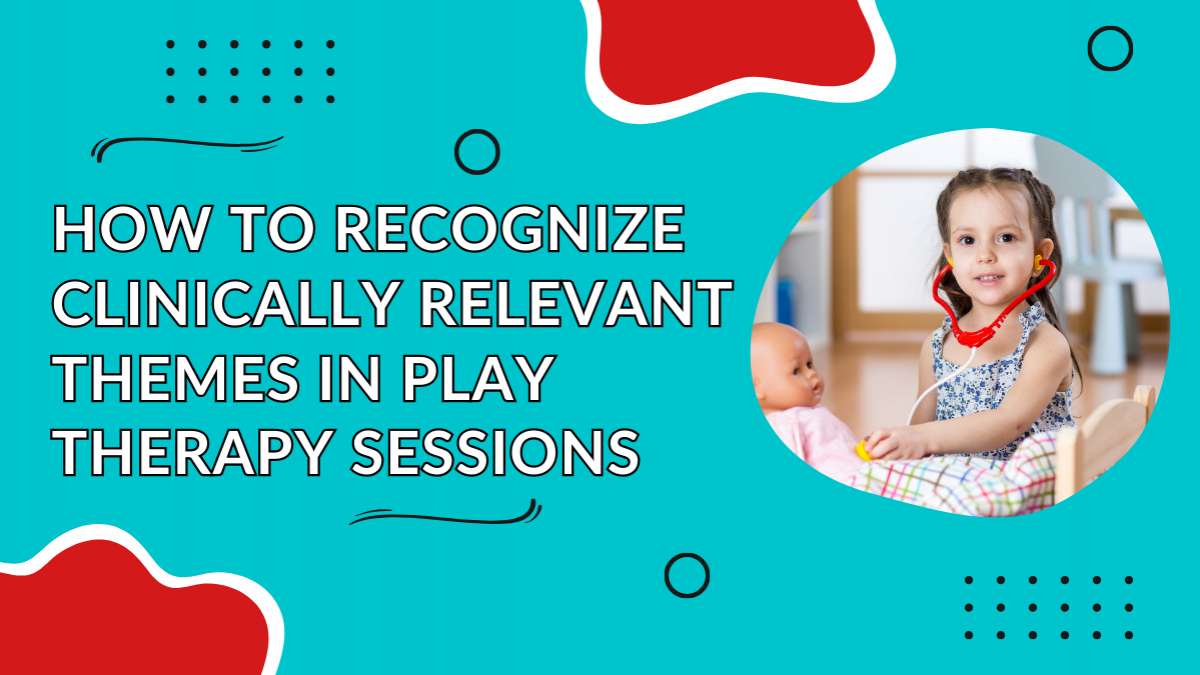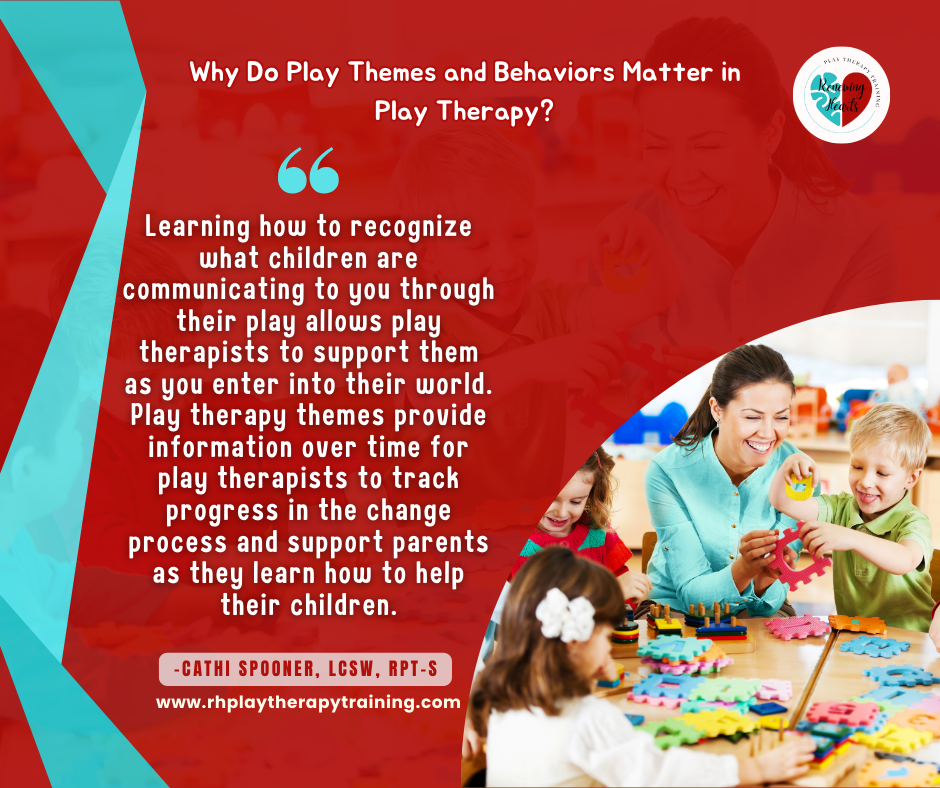How To Recognize Clinically Relevant Themes in Play Therapy Sessions

Today, I want to dive into a topic that's close to my heart and essential for any play therapist: recognizing clinically relevant themes in your play therapy sessions. It's a question I've grappled with throughout my journey in play therapy, and I believe it's a crucial aspect of our professional development.
You see, when I first started out in play therapy, I struggled to identify what really mattered amidst the flurry of toys and interactions. It's a skill that's developed over time, through training, experience, and a passion for ensuring that our work with children, adolescents, and families is done effectively.
I've had countless conversations with colleagues who, despite their dedication, lack the specialized training in play therapy. They often express a belief that they'll simply figure it out as they go along, much like trying to navigate talk therapy without proper training. But here's the thing: play therapy is a distinct modality with its own nuances and complexities.
So, how do we recognize themes in a play therapy session? Let's break it down.
Firstly, it's essential to understand the concept of play therapy themes. These are the recurring patterns of behavior, statements, and interactions that provide insight into what a child is grappling with. Whether it's aggression, the need for nurturing, power struggles, or issues of safety, these themes offer invaluable clues into a child's inner world.
But recognizing play themes isn't just about observation; it's about interpreting them through the lens of your chosen theoretical model. For me, child-centered play therapy forms the foundation of my practice, shaping how I understand and respond to these themes. However, every therapist's approach may vary based on their theoretical orientation.
Take, for example, a child rearranging furniture in the playroom to create an office-like space. Through a child-centered lens, I might interpret this as a manifestation of their need for control or a desire to emulate adult roles. Yet, another therapist using a different model might view it through the lens of attachment or exploration.
This highlights the importance of not only recognizing themes but also understanding how they align with your chosen theoretical framework. It's this blend of observation, interpretation, and theoretical application that guides our interventions and supports the healing process.

But why does all this matter? Simply put, understanding play themes allows us to better support our clients. By tracking these patterns over time, we gain insight into their progress, challenges, and areas of growth. Moreover, it equips us to provide tailored interventions that meet the unique needs of each child.
So, whether you're a seasoned play therapist or just starting out, remember the significance of recognizing clinically relevant information in your sessions. It's not just about playing with toys; it's about understanding the language of play and using it to facilitate healing.
As I reflect on my own journey in play therapy, I'm reminded of the profound impact it's had on the lives of countless children and families. And while the path may be challenging at times, the rewards are immeasurable.
In closing, I invite you to join me in this ongoing exploration of play therapy and its transformative power. Together, let's continue to learn, grow, and make a difference in the lives of those we serve.
If you're interested in delving deeper into the world of play therapy, consider joining Play Therapy Academy—an online program designed to enhance your skills and knowledge in this rewarding field. With interactive sessions, case consultations, and expert guidance, it's the perfect program to elevate your practice.
Categories: : Play Therapy, Play Therapy Themes, Podcast
 Cathi Spooner
Cathi Spooner 
